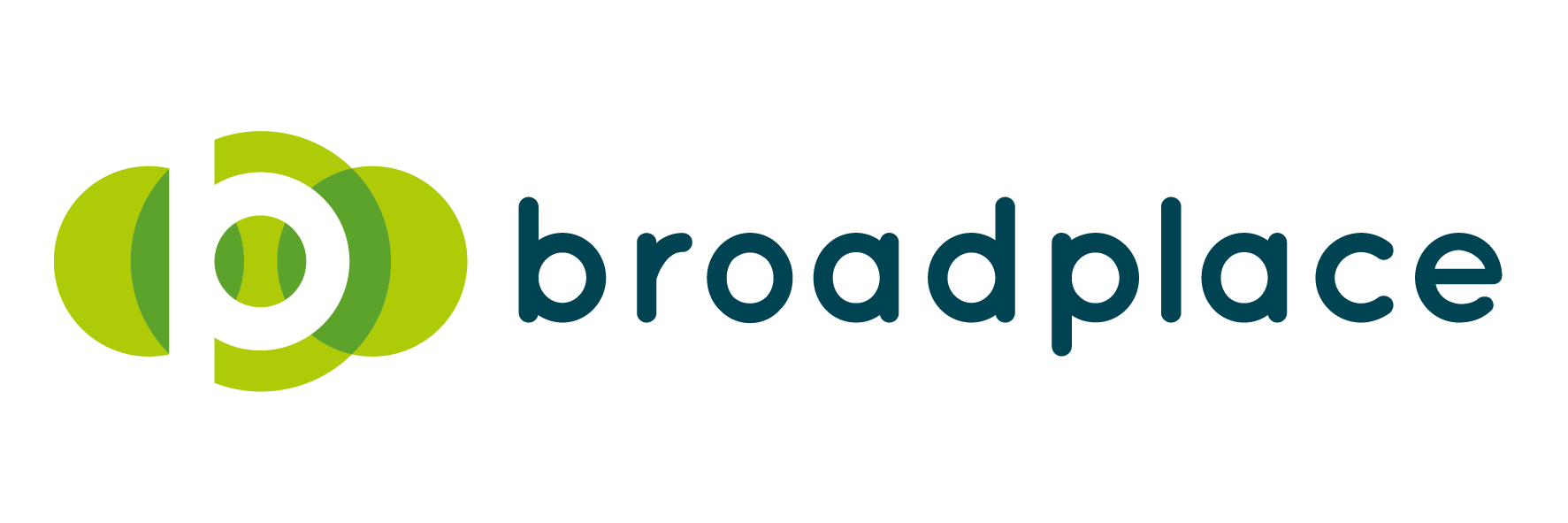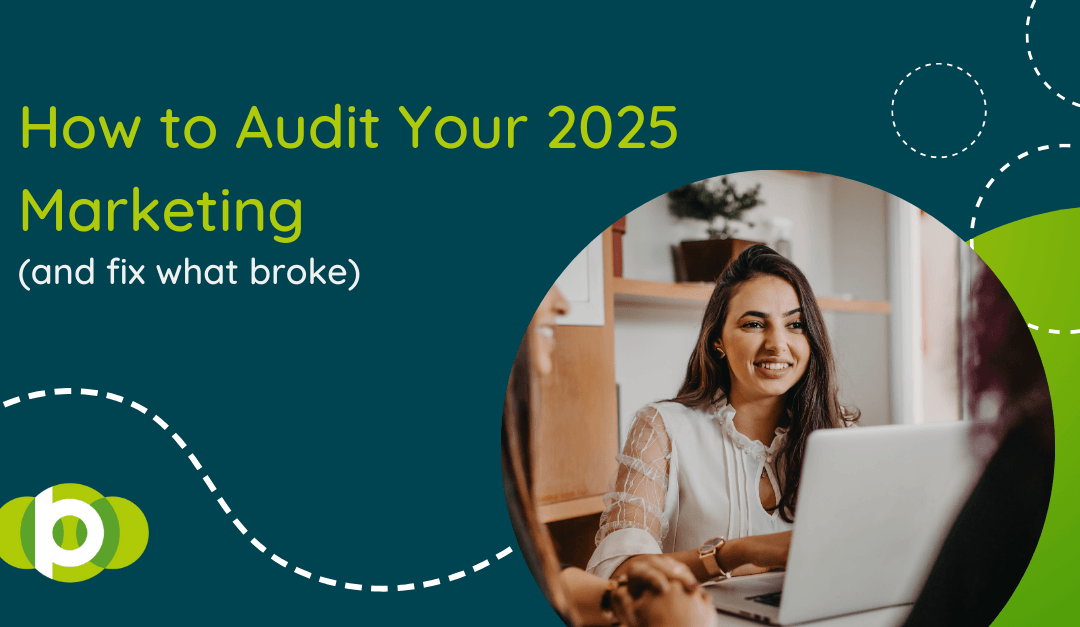It’s January 2026. You’ve got budget meetings coming up, stakeholders asking “what worked last year?”, and the nagging feeling that whilst you hit some targets, other channels quietly burned cash without delivering results.
For UK SaaS and ecommerce businesses, 2025 brought significant shifts—AI search impacting organic visibility, rising ad costs, and increased competition everywhere. Now’s the time to honestly assess what drove growth versus what just looked busy.
This isn’t about creating another spreadsheet that gets filed away. This is about identifying what broke, why it broke, and how to fix it before you repeat expensive mistakes in 2026.
SEO: The Reality Check
What Actually Matters
Don’t just look at total organic traffic—that hides more than it reveals.
Key Metrics:
- Organic traffic by segment (branded vs. non-branded)
- Rankings for your target keywords
- Conversion rate from organic traffic
- Revenue per organic visitor
2025 Benchmarks: The median engagement rate for SaaS websites is 61%. A sound SEO ROI benchmark for ecommerce equals a 5:1 return.
Common Problems
Traffic dropped in 2025? Likely causes: Google algorithm updates targeting thin content, AI Overviews reducing clicks, competitors investing more in content, or technical SEO issues.
Fix: Check Google Search Console for queries losing impressions. Sites publishing 9+ blog posts per month saw 41.5% YoY traffic increase vs. 21.3% for those posting 1-4 times monthly. Audit content depth—blogs with posts averaging 2,000+ words saw organic traffic growth 293.3% higher than shorter posts.
Traffic up but conversions down? You’re ranking for informational keywords instead of commercial intent. Focus on problem-based queries related to your product rather than general educational content.
Rankings haven’t moved despite content investment? Your content likely lacks depth, expertise, or backlinks. Websites that segmented their target audience saw 43.4% increase in Google Top 10 keywords.
In-House vs. Agency
Go in-house if: You have consistent content needs and can afford a senior SEO specialist (£45-65K+)
Use an agency if: You need diverse expertise (technical SEO, content, PR, link building) without the hiring lag
PPC: The Efficiency Audit
What Actually Matters
Key Metrics:
- Cost per acquisition by campaign type
- Quality Score trends
- Impression share (and what’s limiting it)
- Conversion rate by device
- Customer lifetime value by acquisition source
2025 Benchmarks: Average ecommerce CTR is 2.69% for Google Search and 0.51% for Display. PPC conversion rates average 0.9% across industries.
Common Problems
Rising CPAs throughout 2025? Likely causes: Increased competition, Quality Score degradation, poor audience targeting, or landing page issues.
Fix: Check auction insights for competitor activity. Review search term reports for waste. For SaaS, the ideal LTV:CAC ratio remains 3:1—for every £1 spent acquiring a customer, aim to generate at least £3 in lifetime revenue.
Good CTR but poor conversions? Your ad messaging doesn’t match your landing page, or your landing page isn’t optimised for conversions. Mobile often converts at half the rate of desktop—check device performance.
Impression share stuck at 50-70%? Budget constraints or low ad rank. Prioritise high-intent campaigns with best conversion rates rather than spreading budget thin.
In-House vs. Agency
Go in-house if: You’re spending £10K+ monthly and can hire experienced PPC specialists (£35-55K+)
Use an agency if: You’re spending under £10K monthly, need cross-platform expertise, or want strategic input on budget allocation
Paid Social: The Platform Performance Check
What Actually Matters
Each platform behaves differently, so blanket metrics don’t work.
Meta (Facebook/Instagram):
- Cost per result by campaign objective
- Frequency (over 3.0 indicates ad fatigue)
- ROAS by audience segment
LinkedIn (B2B SaaS):
- Cost per lead and lead quality
- MQL to SQL conversion rate
TikTok (Ecommerce):
- Add-to-cart rate
- Cost per purchase
2025 Benchmarks: Ecommerce companies targeting Facebook ads average 1.57% CTR and £0.77 CPC.
Common Problems
Meta campaigns dropped off mid-2025? Creative fatigue, iOS privacy changes impacting tracking, or audience saturation. Refresh creative every 4-6 weeks. Implement Conversions API properly if you haven’t.
LinkedIn costs are 3-5x higher? This is normal. The question is whether lead quality justifies the cost. Track leads beyond MQL—what percentage become SQLs and close? For B2B SaaS, a £50 lead that converts at 10% to £10K customers is better than a £5 lead that never closes.
TikTok generated engagement but minimal sales? Wrong audience targeting or creative doesn’t align with purchase intent. For ecommerce, test TikTok Shop integration. Track assisted conversions, not just last-click.
In-House vs. Agency
Go in-house if: You have strong creative capabilities and you’re spending £15K+ monthly per platform
Use an agency if: You need creative production alongside media buying, you’re testing multiple platforms, or your team lacks platform expertise
Digital PR: The Visibility Assessment
What Actually Matters
Key Metrics:
- Domain Authority of publications
- Quality of backlinks earned
- Branded search volume trends
- Share of voice vs. competitors
Common Problems
Secured placements but minimal traffic or backlinks? You’re getting coverage in low-authority or irrelevant publications. Quality over quantity. Focus on data-driven stories, original research, or genuinely newsworthy angles.
Difficult to justify ROI? Track branded search volume growth, monitor domain authority improvements, measure assisted conversions from PR traffic, and calculate the cost of equivalent backlinks if purchased.
Inconsistent results? Review your pitch approach. Are you targeting the right journalists? Build relationships rather than cold pitching only when you want coverage.
In-House vs. Agency
Go in-house if: You have consistent newsworthy content and can hire an experienced PR professional (£40-60K+)
Use an agency if: You need established journalist relationships, your newsworthy moments are sporadic, or you need tier-1 publication coverage
The Cross-Channel Reality Check
Most audits examine channels in isolation. The real insights come from understanding how they interact.
Attribution: If you’re only looking at last-touch attribution, you’re probably undervaluing awareness channels (SEO, PR, social) and overvaluing conversion channels (PPC, retargeting). Implement multi-touch attribution.
Channel Cannibalization: Are your paid channels bidding on branded keywords that would convert organically anyway? Compare branded keyword performance—you shouldn’t be paying for branded ads if you already rank #1 organically.
Efficiency Opportunities: PR coverage improves domain authority for SEO. SEO content can be repurposed for paid social creative. PPC tests inform SEO keyword strategy.
Your 2026 Action Plan
Based on your audit, categorise into three buckets:
Quick Wins (Q1 2026):
- Technical SEO fixes
- PPC waste elimination
- Creative refresh for fatigued campaigns
- Landing page optimisation
Strategic Shifts (Q2 2026):
- Content strategy overhaul
- Audience refinement across paid channels
- Channel budget reallocation
- In-house vs. agency decisions
Long-Term Investments (2026 Focus):
- Building PR relationships
- Developing proprietary research
- Creating comprehensive content hubs
- Testing new platforms
The Bottom Line
The difference between businesses that improve in 2026 and those that repeat 2025’s mistakes comes down to honest assessment and willingness to change what isn’t working.
Audit honestly. Fix strategically. Execute relentlessly.
Need an objective perspective on what’s actually driving growth in your marketing? Our team specialises in comprehensive marketing audits for UK SaaS and ecommerce businesses, identifying exactly where your budget should go in 2026.

